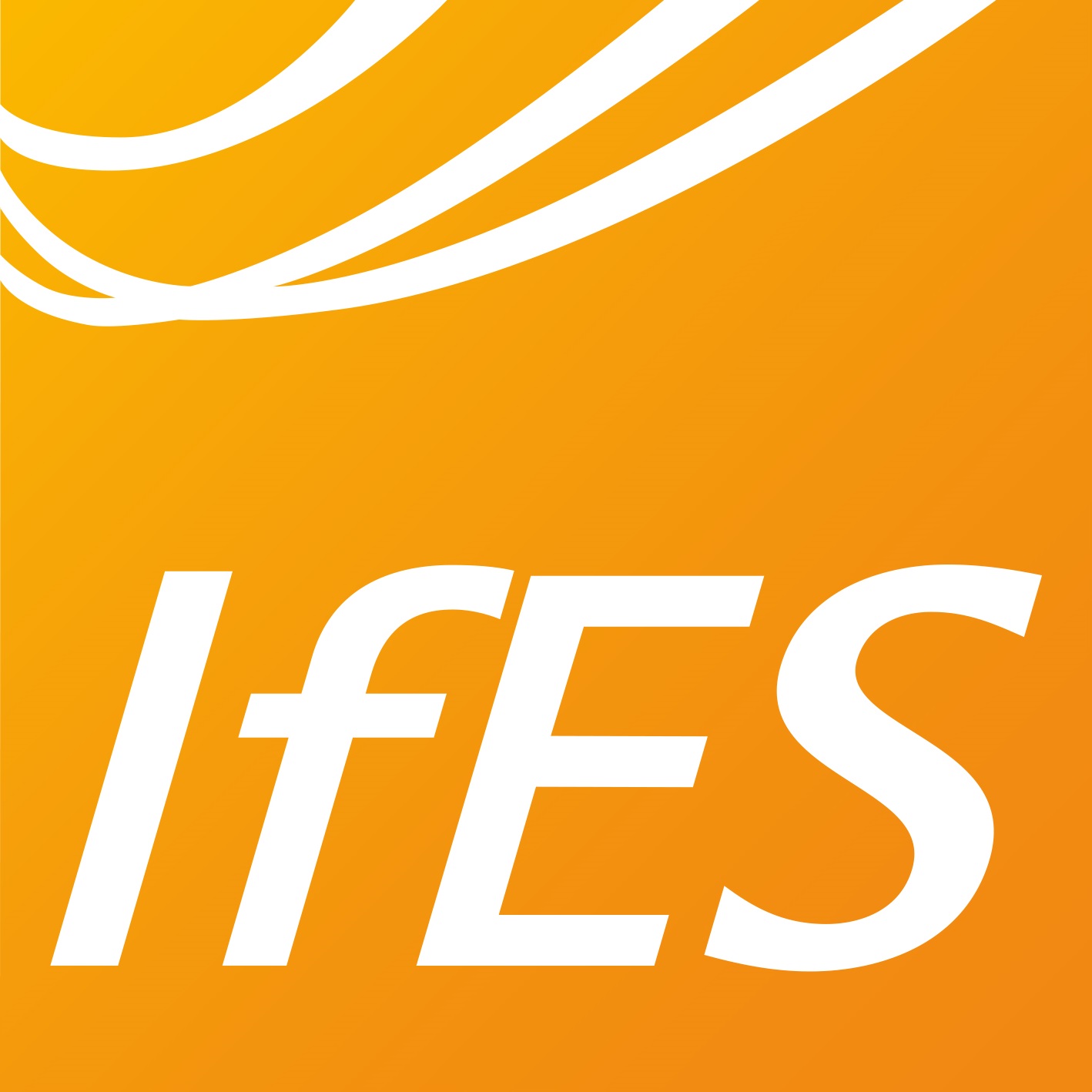The Limitations of Arc Detection Using Semiconductive Light Sensing Elements inside the Transformer Tank
- authored by
- Aref Sharifi, Moritz Kuhnke, Peter Werle, Asghar Akbari Azirani
- Abstract
Transformer explosions and fires are the most dangerous consequences of transformer faults. As protection each transformer is equipped with a Buchholz relay (BHR), which identifies the faults, thus a circuit breaker (CB) can trip the transformer. However, in some cases, the tripping of the transformer is not fast enough in order to prevent a tank rupture and the damages. Therefore, faster arc detection systems are under an investigation like the use of photo sensitive semiconductors inside the transformer tank to detect the light emission from an arc and to trigger the circuit breaker. In this paper, the characteristics of different light sensitive semiconductors, such as light dependent resistors (LDRs), and photodiodes are compared in regard to their possible application inside oil filled power transformers. Moreover, the performance of certain measuring circuits with the different semiconductors is presented and compared at different distances to an arc with temperature variation. It is experimentally observed that the photosensitive semiconductors have serious limitations to operate at an elevated temperature closer to 100°C in oil and the environment of electromagnetic fields. Finally, the advantages and disadvantages of the different semiconductor types and their limitations of arc sensing with light sensors are concluded.
- Organisation(s)
-
High Voltage Engineering and Asset Management Section (Schering Institute)
- External Organisation(s)
-
K.N. Toosi University of Technology (KNTU)
- Type
- Conference contribution
- Pages
- 88-92
- No. of pages
- 5
- Publication date
- 25.02.2023
- Publication status
- Published
- Peer reviewed
- Yes
- ASJC Scopus subject areas
- Mechanical Engineering, Energy Engineering and Power Technology, Electrical and Electronic Engineering, Renewable Energy, Sustainability and the Environment
- Sustainable Development Goals
- SDG 7 - Affordable and Clean Energy
- Electronic version(s)
-
https://doi.org/10.1109/CPEEE56777.2023.10217559 (Access:
Closed)


